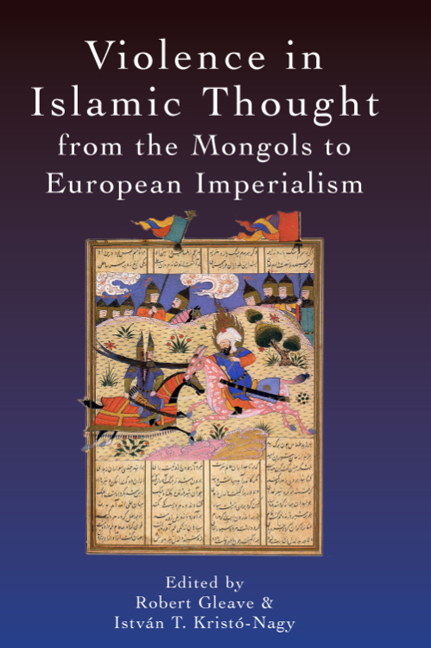4 - Yāsā and Sharī‘a Islamic Attitudes Towards The Mongol Law in the Turco-Mongolian World (From the Golden Horde To Timur’s Time)
Published online by Cambridge University Press: 06 May 2021
Summary
PRELUDE
A. ‘Within Muslim discourse, sharī‘a designates the rules and regulations governing the lives of Muslims, derived in principle from the Ḳur’ān and ḥadīth’ (N. Calder and M. B. Hooker, ‘Sharī‘a’, in EI2).
B. ‘[T]he Yasa as a whole … was Mongol imperial law as formulated by Chinggis-Khan; the Mongols themselves considered it in this light. For them it was the collected wisdom of the founder of their empire’ (G. Vernadsky, The Mongols and Russia, p. 100).
SHARĪ‘A
The above-quoted commonplace wisdoms have dominated the scholarly field for long, with the added wisdom that, from the 1300s onward, the majority of the Tatar (Turco-Mongol) population in the Golden Horde as well as in Īl-Khānid Iran embraced Islam, and subsequently lived under the obligations of Islamic law, sharī‘a and Turco-Mongolian imperial (and/or customary) law, yasa / yasaq.
Up to now, most pieces of research have been characterised by the antithesis or rather contrastive juxtaposition of these two notions, without giving any specification of the common and converse traits in these two law codes. In this chapter, I attempt to analyse how these two ideologies were able to co-exist in the Mongol states of the Golden Horde and Īl-Khānid Iran, despite their occasional antagonisms. In doing so, special emphasis will be laid on one aspect of these systems: their attitude towards violence.
The encounter of two world views, religions and political ideologies is a well-known and common phenomenon in human history. Yet the encounter of the rising Mongol world power with the Islamic world in the thirteenth and fourteenth centuries provides a unique example, if for nothing else than the extension and dimensions of the conflict. For the Islamic civilisation it was the first existential shock that changed its course for good: the Mongol period marks a real watershed in Islamic history. In retrospect, we may rightly apply the modern, Huntingtonian term ‘clash of civilisations’ to the events of thirteenth-century Eurasian history.
Let us recapitulate in brief what made this encounter unique for the Islamic world. Prior to this point it had not been uncommon for societies of nomadic, mainly Turkic, warriors to conquer sedentary, Islamic populations, but the invaders usually came to adopt Islam and the dominant Islamic culture of the conquered land, or otherwise were already Muslims at the moment of conquest, so their acculturation proceeded smoothly.
- Type
- Chapter
- Information
- Publisher: Edinburgh University PressPrint publication year: 2018

